Has twilight looked at little… purple to you as of late? The ‘purple sunset’ effect is subtle, but currently noticeable on a clear evening. Sunsets are always colorful events, as the Sun’s rays shine through a thicker layer of the atmosphere at an oblique angle, scattering out at longer, redder wavelengths. When the air is clear and relatively dust free, this effect is at a minimum… but when the upper atmosphere becomes saturated with dust particles and aerosols, the sky can erupt in a panoply of colors at twilight.
— Lana Preston (@lana_preston) September 27, 2019
Two natural events are suspected as the main source of the violet twilight currently seen worldwide: the eruption of the Raikoke volcano Kuril Islands, followed by eruption of the Ulawun volcano in Papua New Guinea this past summer. Both eruptions packed a punch, sending dust and ash into to stratosphere topping out at 60,000 feet (18,300 meters).
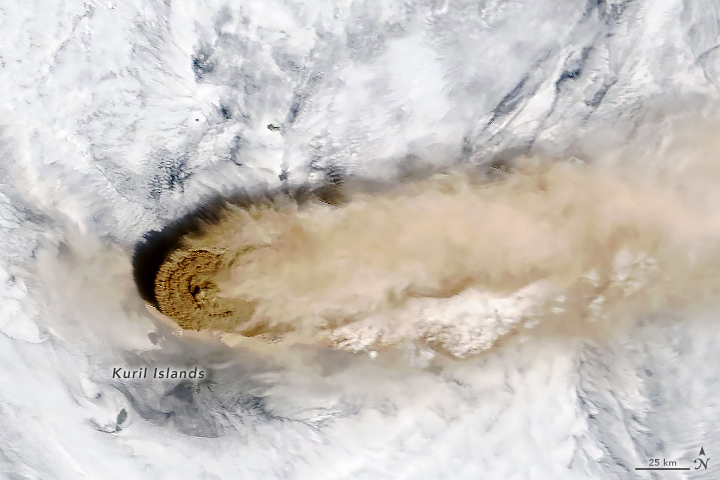
Why purple sunsets? Well, it’s all about particle size. Fine volcanic aerosols that stay suspended in the stratosphere for weeks after an eruption have a knack for scattering out blue light from ordinary sunset red, giving it a resulting violet hue. Often, the onset of a yellow arch close to the horizon about 15 minutes after local sunset is followed by a purple band just after. We just passed the equinox on September 23rd, and 20 minutes post-sunset/pre-sunrise computes to the end (or start) of civil twilight, when the Sun is five degrees below the horizon.
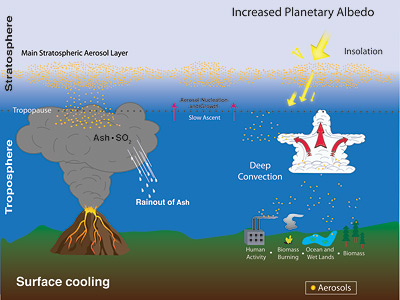
A recent study also looked at the fact that it’s actually tough to peg when local sunrise and sunset occurs to an accuracy of greater than five minutes or so.
Note that this action is also noticeable on Mars, where sunsets seen by NASA’s Curiosity Rover are bluish in color due to particles kicked up by Martian dust storms.
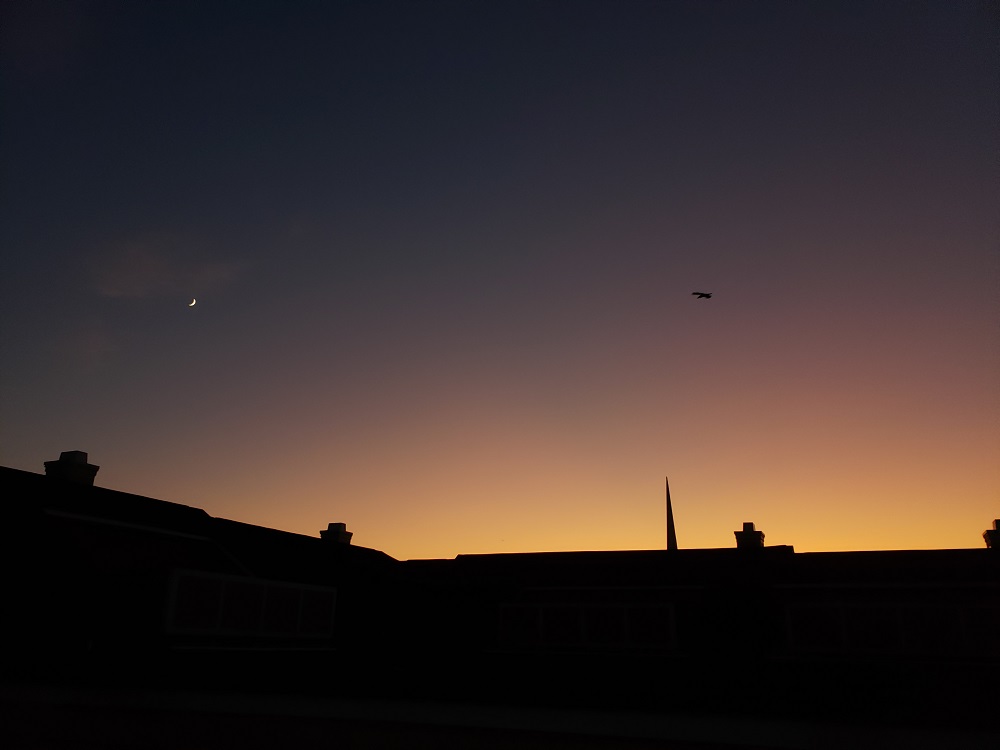
Volcanoes may not be the only culprit. Benjamin Knispel on Twitter mentions that European observers were already noticing the purple cast of twilight this summer, before the eruptions took place. Ongoing fires in Indonesia, the Amazon, and the Siberian Arctic may be exacerbating the situation, adding dust and greenhouse gasses to an already saturated atmosphere. Another modern atmospheric phenomenon seen at high latitudes during the summertime in recent years are noctilucent clouds. One proposed idea was that noctilucent clouds were linked to the copious amounts of aerosols deposited in the atmosphere during the Space Shuttle program, which ended in 2011. Noctilucent clouds, however, seem to be with us to stay.
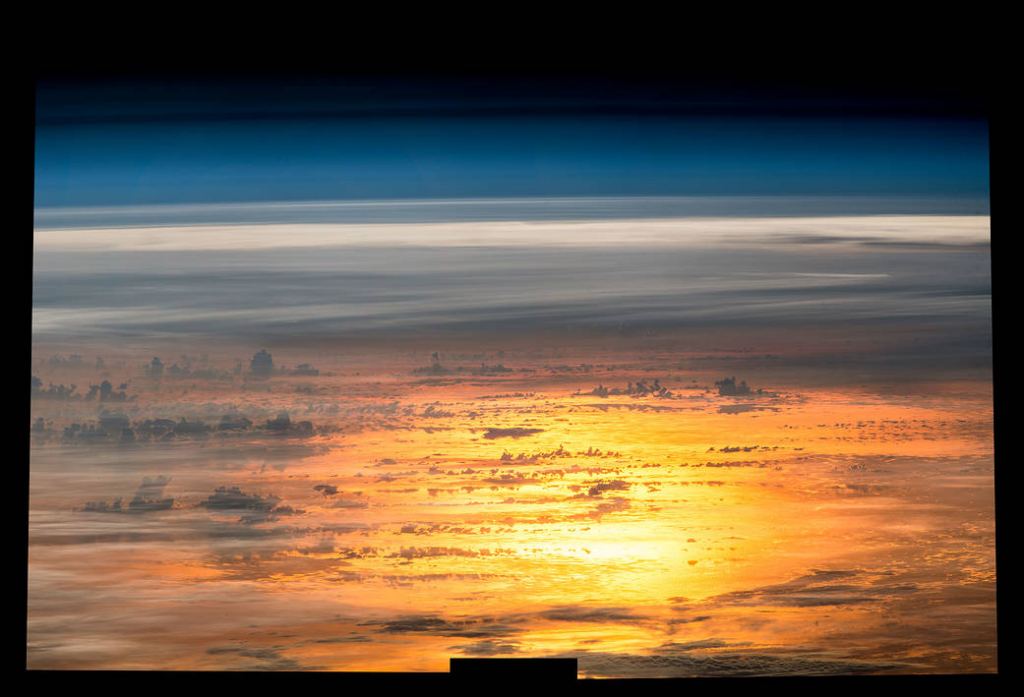
The amount of aerosols and dust suspended in the upper atmosphere can also have a dramatic effect on the appearance of the Moon during a total lunar eclipse, as well. For example, the Moon nearly disappeared during totality following the eruption of Mount Pinatubo in 1991. Keep an eye out for this phenomenon during the next total lunar eclipse, favoring the Pacific Rim region on May 26th, 2021.
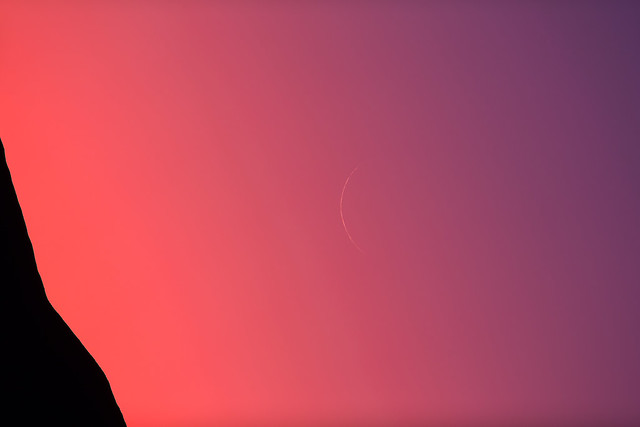
Seeing the Color Purple at Twilight
Are you really seeing purple sunsets? Would you have noticed the difference at a casual glance? As with anything else these days, there’s an app for that. One great free application is known as Color Grab. Simply point your phone’s camera at an object (or the sky), and it will tell you exactly what color it sees, complete with shade and specific color code. An old school way to do this is by using a color wheel (available at most art stores) or paint swatches, available (again, for free) from most paint and hardware stores, and comparing it in the field to what you see in the sky.
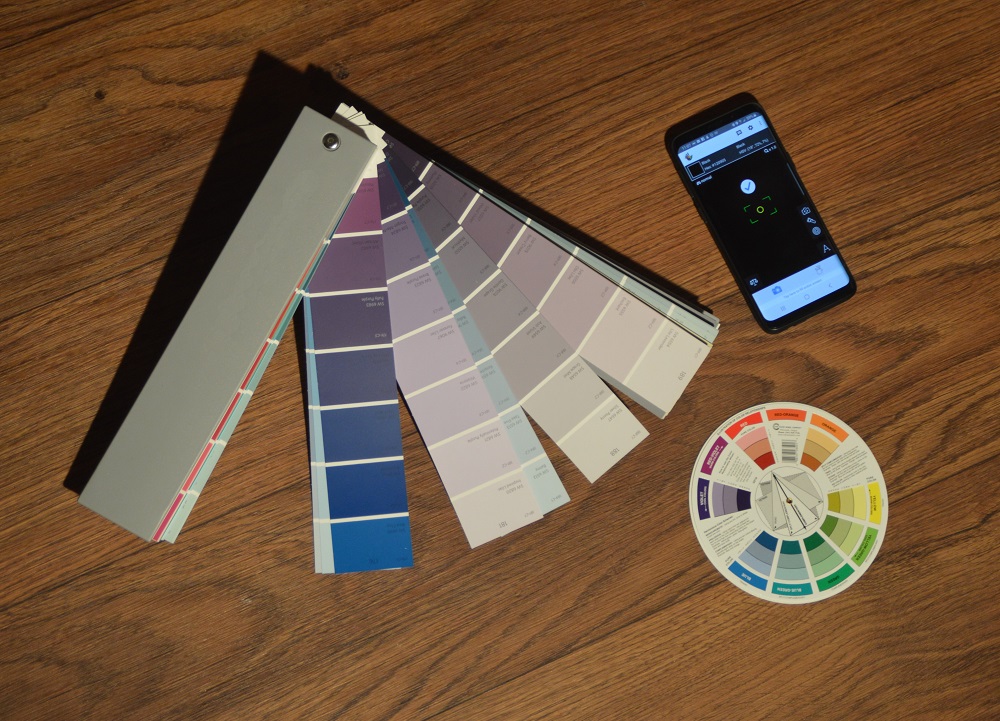
Are purple skies a result of volcanic activity, or harbingers of the reality of living in a warmer world? As with everything in the Universe, the answer probably lies somewhere in the complex middle. For now, raise a glass of (plum) wine, to the colorful purple twilight sky.

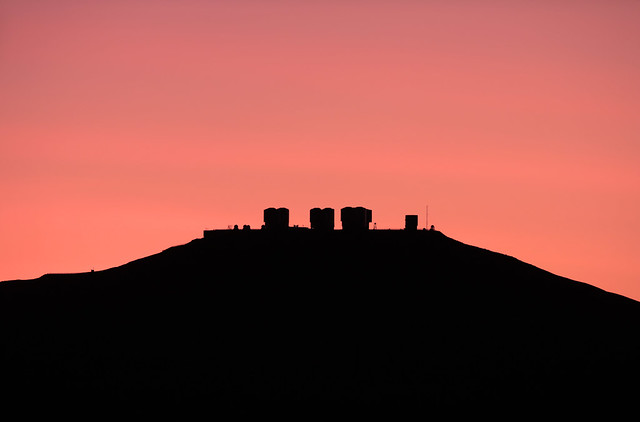
Interesting that two Volcanoes erupted to give you this evening color while the author was trying his darndest to passively link it to manmade Global Warming. Ever wonder while people don’t get Global Warming? Well now you know.